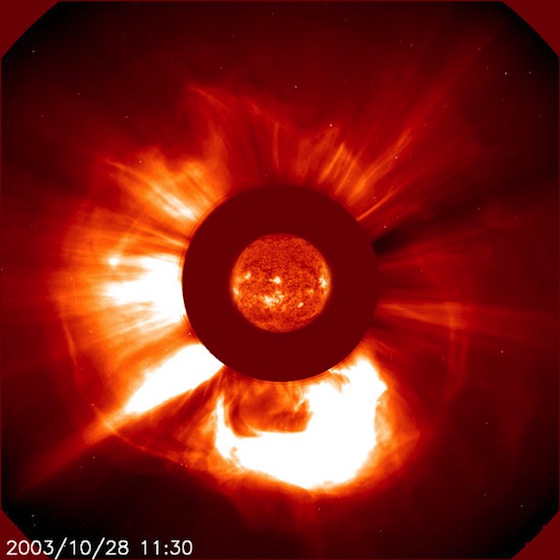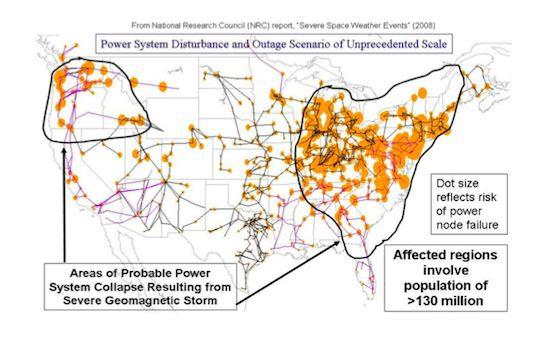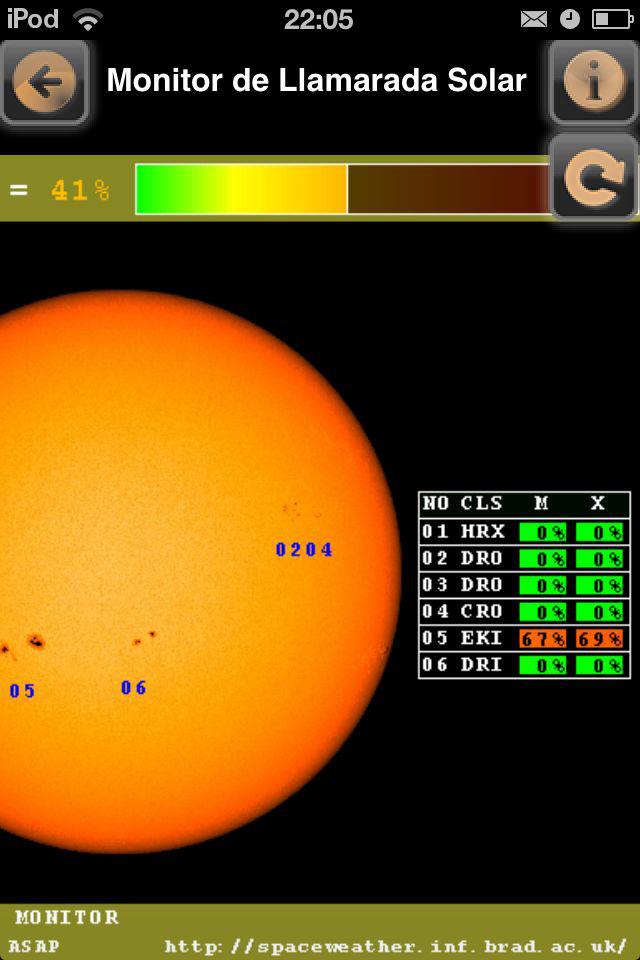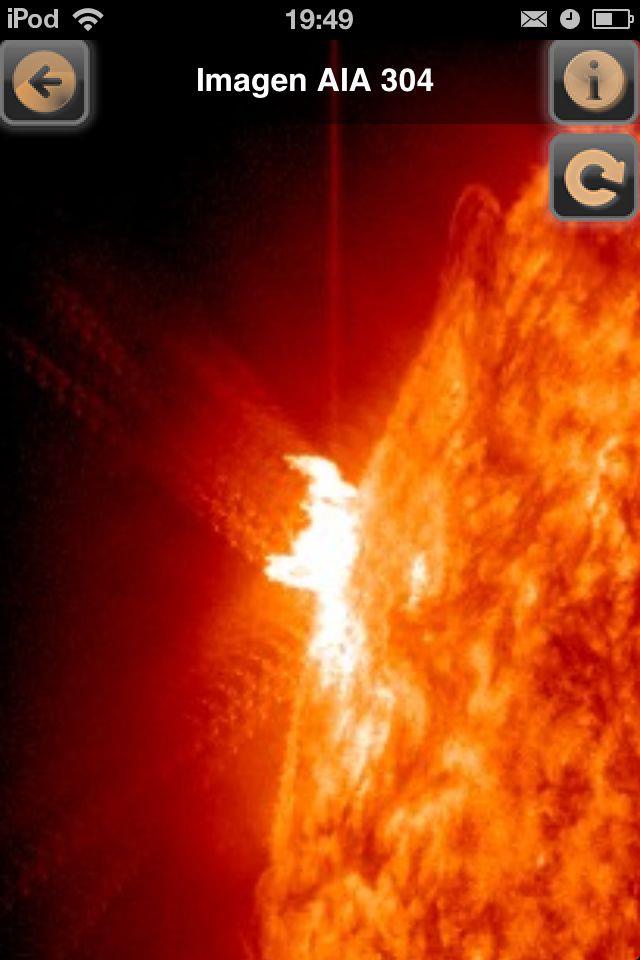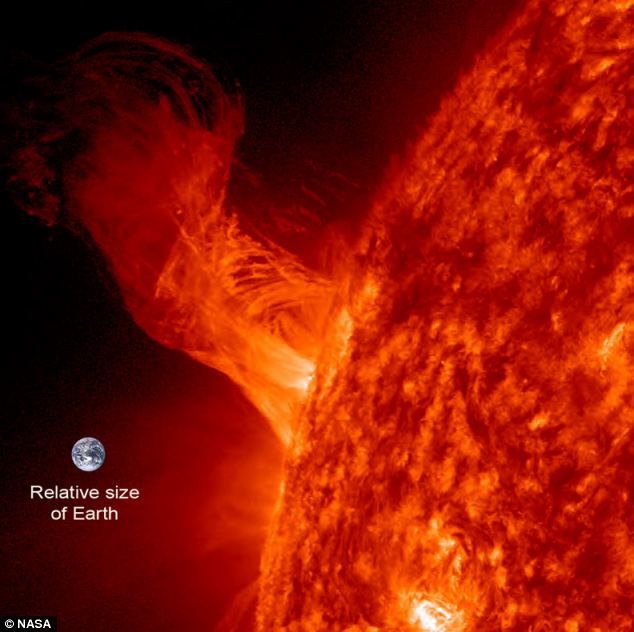This article discusses the potential threats posed by solar storms to the United States’ infrastructure. It highlights concerns about the vulnerability of the power grid, communication systems, and satellites to intense solar activity. The piece also explores the government’s efforts to understand and mitigate these risks, emphasizing the importance of preparedness in safeguarding critical technological systems.
